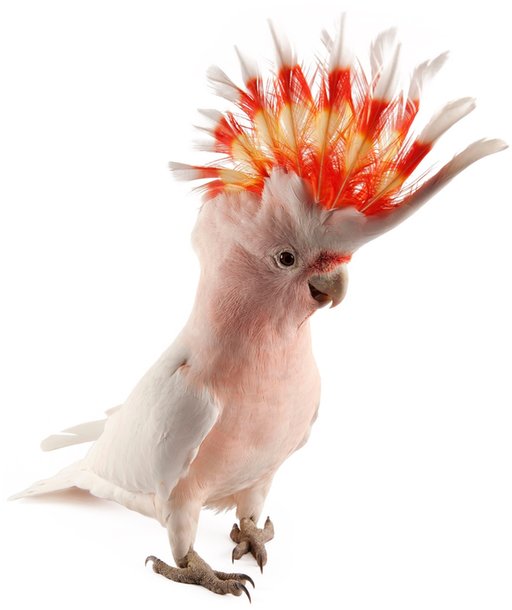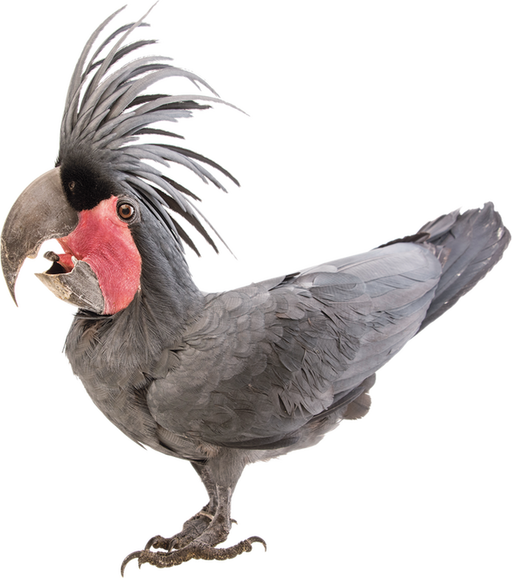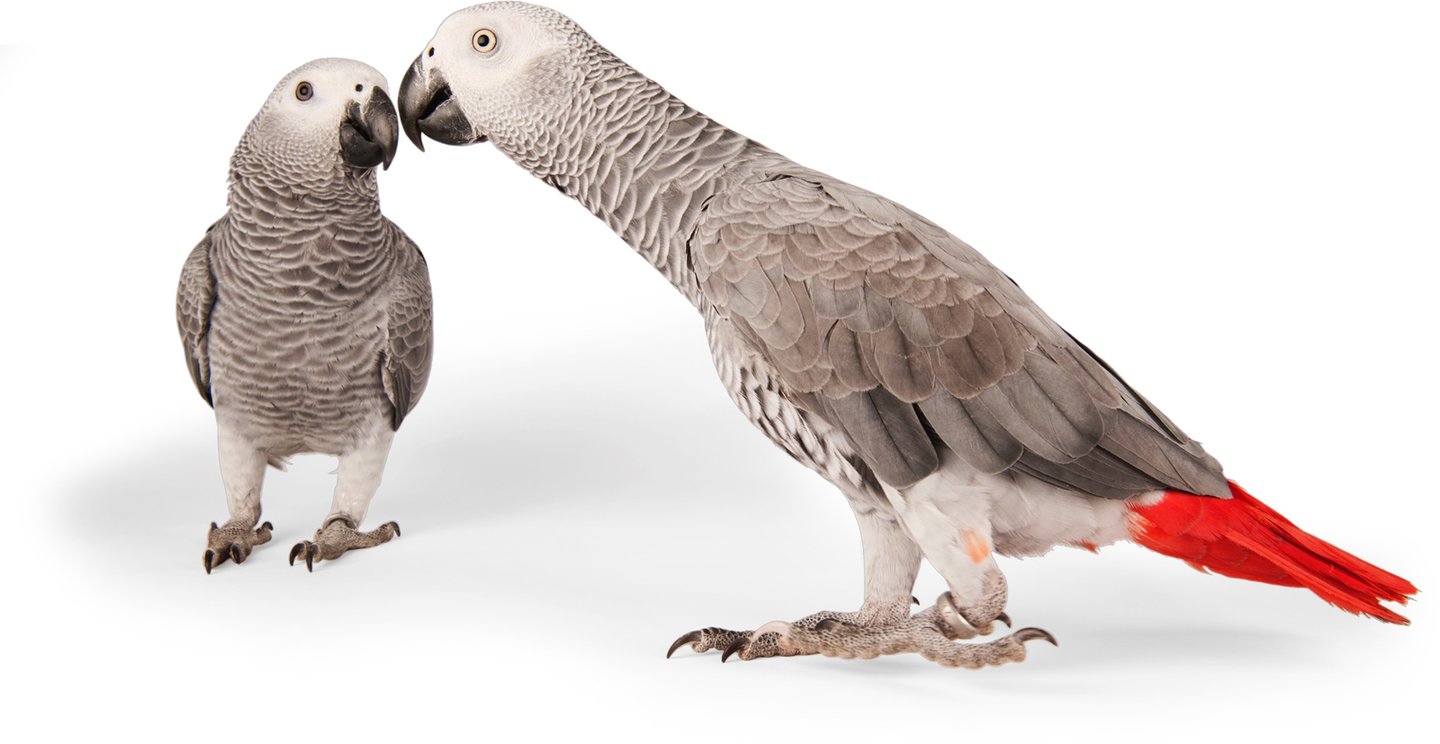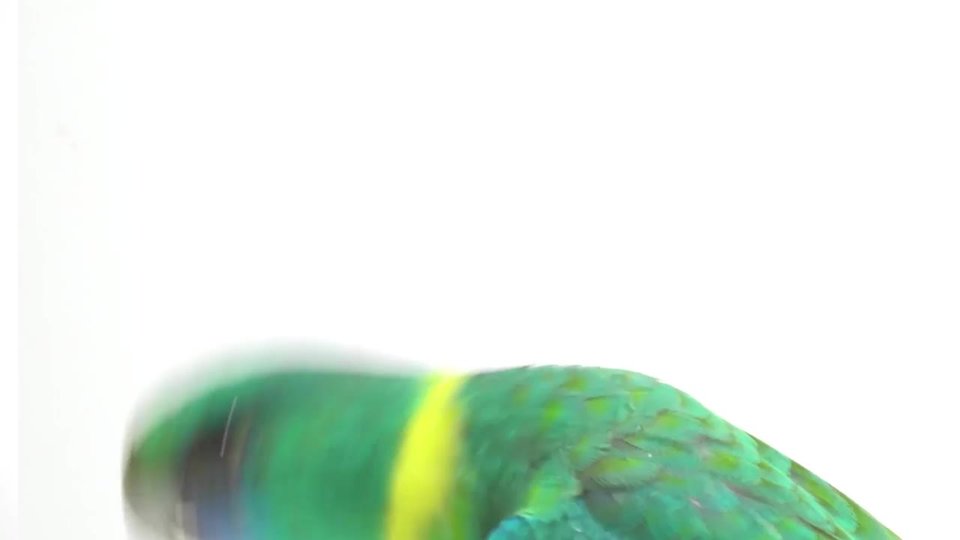HundredsofbirdsarechirpingatUmgeniRiverBirdParkinDurban,SouthAfrica.Listen.Ablue‑frontedAmazon parrotissingingscales.That’saskillitlearnedfromitsprior owner.
Manyoftheparrotsinthiszooandbreedingcenterarerescues.Theyweregivenupbypeopleunpreparedtotakecareofthem.Parrotsareneedybirds.Theyarealsolongliving.Someparrotscanlivetobe80years old.
Parrotsaresocialandintelligent.Theycanmimichumanvoices.Theycancreatedeepbondswiththeirowners.It’snowonderthatparrotsareamongthemostpopularpetbirdson Earth.

MajorMitchell's cockatoo
ParrotsatRisk
Parrotsmaybepopular,buttheyfacealotofdangers.Deforestationandhabitatlossaremajorthreats.Thehumanpopulationtakesupspaceandneedsresources.Rainforest landsareclearedforbuilding materials.
Warmingtrendscanalsochangehabitats.Achangingclimatecanaffectfoodsources.Itcanalsodisruptbreedingcycles.Also,pollutionfromacidraincankillparrotsandputtheirfutureat risk.
Butthegreatestriskofallisthedemandforparrotsaspets.Breedingprogramsraiseparrotsincaptivitytosellaspets.But,manyparrotsarestilltakenillegallyfromthe wild.
“IntheU.S.,if yougobuyaparrot,theoddsofitbeingcaptivebredare99 percent,”sayszoologistDonaldBrightman.InLatinAmerica,parrotsaremorelikelytakenfromthe wild.

Thisblue‑throatedmacawiscritically endangered.
ParrotDiversity
Parrotspeciesliveinrangesonfivecontinents.TheAmazon,NewGuinea,andAustraliahavethegreatest variety.

NorthAmerica
SouthAmerica
Africa
Europe
Asia
Australia
AmazonBasin
New Guinea
Africangrayparrotrange
numberofparrot species

fewer
more

DIDYOUKNOW:
Palmcockatoos,suchasthisone,onlylayoneeggeverytwo years.
ParrotPopularity
Onereasonwildparrotsendupaspetsistheillegalwildlifetrade.Crimegroupshavemadebillionsofdollarstraffickinganimalparts.Theseincludeelephanttusksandrhinohorns.Nowtheyhaveaddedparrotstotheirlist.Australianpalmcockatooshavebeenknowntofetch $30,000 eachonthe black market.
Today,allbutthreeofthe350parrotspeciesqualifyforprotection.TheConventiononInternationalTradeinEndangeredSpecies,orCITES,fightsillegalwildlifetrade.CITESismadeupof179 nations—all with thesamegoalin mind.
TheillegalparrottradeisatitsworstinLatinAmericaandtheCaribbean.Here,thelawscanbedifficultto enforce.
However,themostdesirablespeciescomesfromAfrica.ItiscalledtheAfricangray.Thisparrotisthebesttalkerofthemall.Overamillionhavebeenexportedlegallyfromthe18 countrieswheretheylive.Yet,hundredsofthousandsmorehavebeentakenillegallyfromtherainforests ofWestandCentral Africa.

Africangrayparrots
Lawsbanningbirdtradehaveclosedmanymarkets,includingtheUnitedStatesandEurope.Still,thousandsofgraysareexportedtoother regions.
In2016,CITESmadeacontroversialdecision.ItaddedtheAfricangraytoaspeciallistofotheranimalsthreatenedwithextinction.Tosellthisbirdabroad,breedersmustprovetoCITESthatthebirdwasraisedincaptivityandnotcaughtinthe wild.

